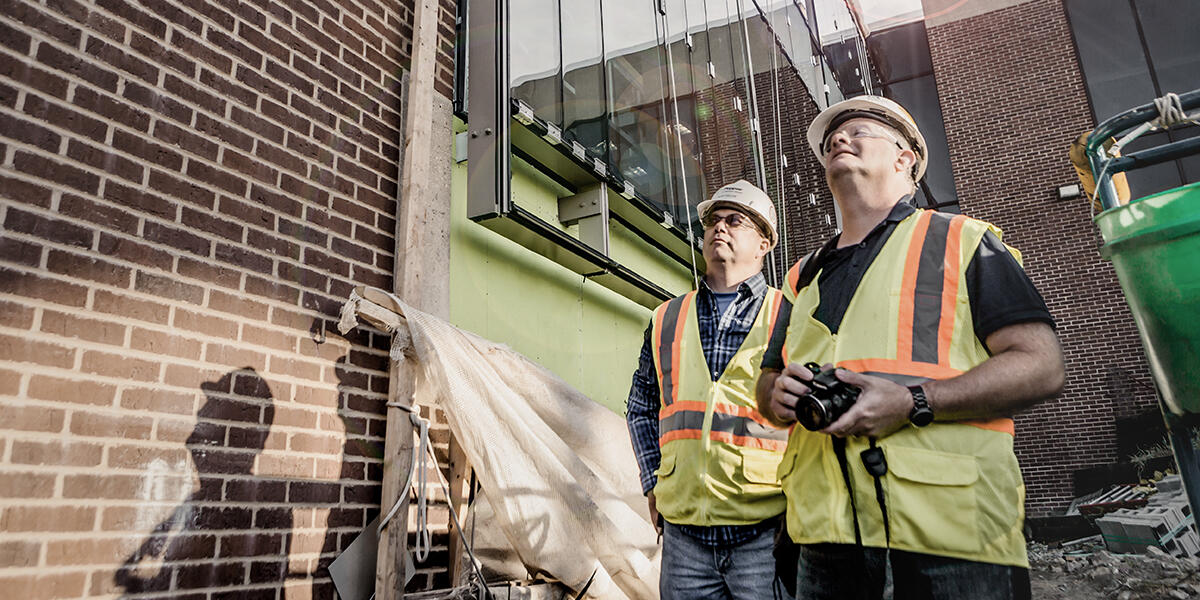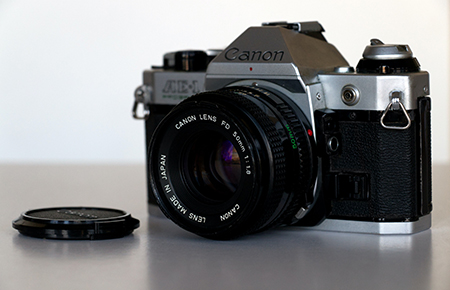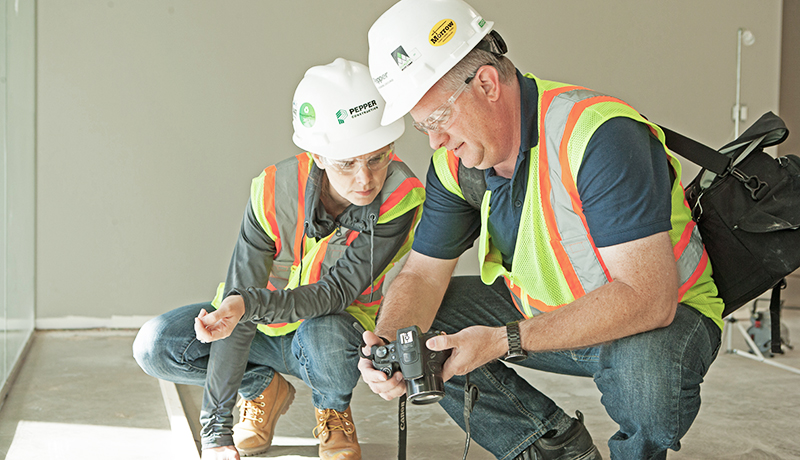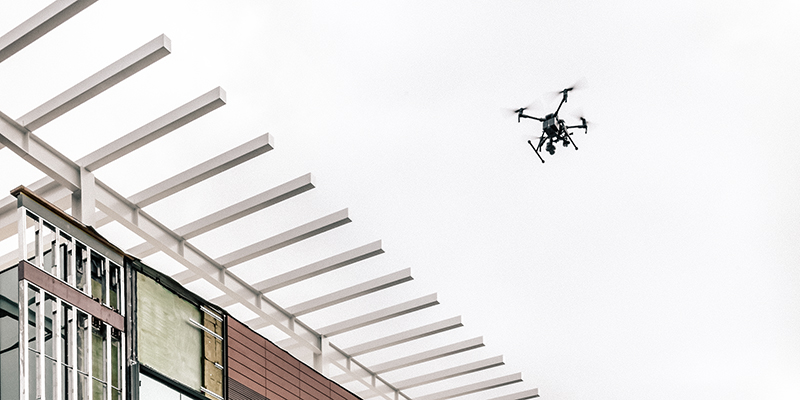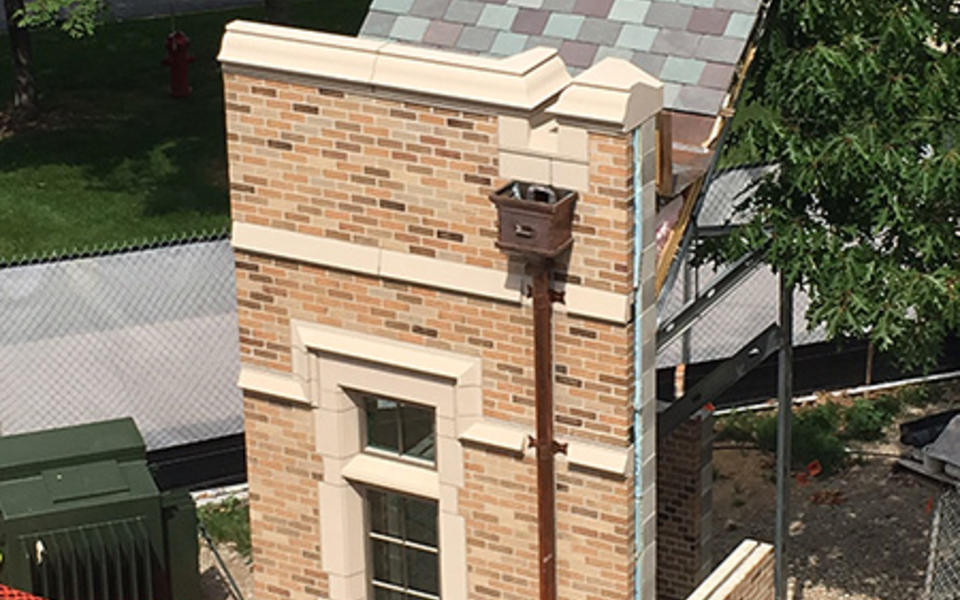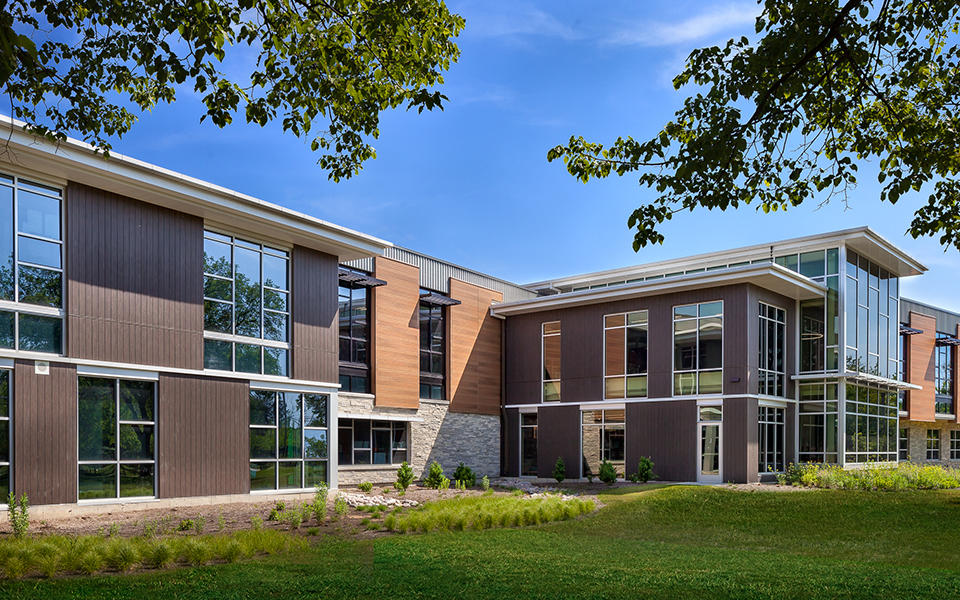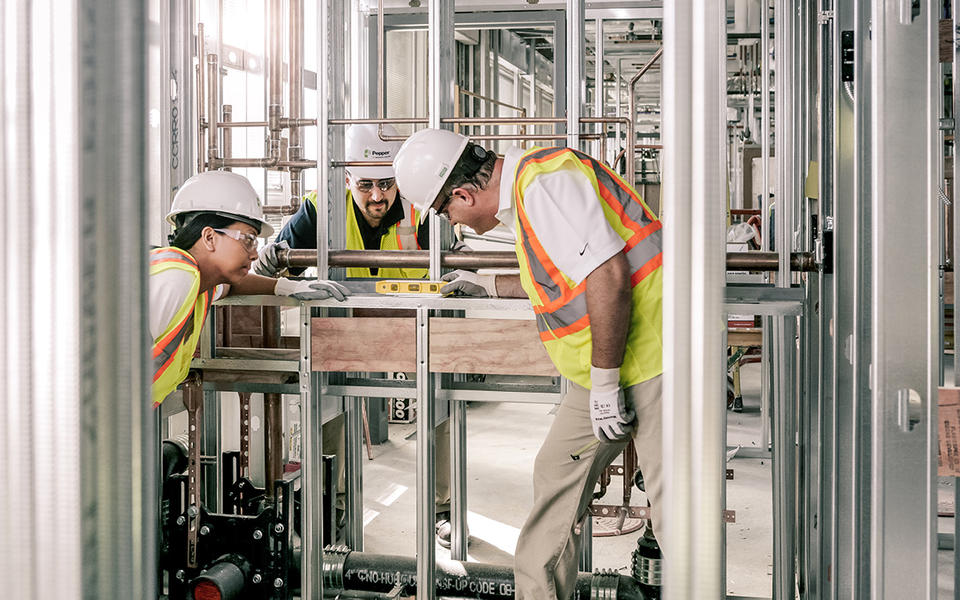Quality
This article was originally printed in Construction Tech Review under the title Impact of Newer Technologies on Construction Projects. We have received approval to re-post on our own blog.
As a young architect starting my career, I was tasked with construction observation. My equipment consisted of a tape measure, one half-size set of construction documents, a legal pad and a pen. If I was lucky, I was occasionally able to use the company film camera. As the years went on, I requested a digital camera for my reviews, which I had to earn by producing a punch list on a specific project that numbered more than 500 items. Needless to say, I apologized to the contractor ahead of time and earned by digital camera.
The camera changed my approach to reviews and the quality of information I was able to deliver to the contractor. The reports were easier to understand, which generated quicker responses. However, as projects increased in complexity and staff sizes decreased, projects were getting harder to properly monitor. We needed to do more with less. While the photos were better at explaining the condition in question, they did not improve the construction process. I knew that I needed to find better tracking abilities and a way to leverage all our construction projects to better understand what was happening. Without proper data management, I could not determine what issues were being repeated throughout the company, lessons learned or how we could improve.
Over my 30-year career, my roles and responsibilities have evolved. I have served as an owner's representative, a developer and now, a contractor, as the director of quality management.
My current role requires me to actively track more than 30 projects concurrently and between 50-75 projects annually for a large commercial contractor in Chicago. We construct in every market, from small interior projects to very large entertainment venues and high-rise buildings. As you could imagine, construction monitoring for all these projects takes a smooth process, contractors who understand the details before they get to the job site and continuous improvement throughout the entire system.
While the industry average for correcting installations ranges between 3% and 5% of project cost, our average rework cost is .37%, which is almost 10x less than the industry average. Our record is a direct result of pre-installation meetings and the construction monitoring tools we use.
The role of pre-installation planning
We have found the best way to monitor construction is to prepare the team before they are on site. We do this through pre-installation meetings with the trades and by ensuring the drawings are correct with regard to sequencing, compatibility and coordination. This allows questions to be asked and addressed ahead of time, which results in better installations and makes construction monitoring more efficient.
Leveraging construction monitoring technology
Our monitoring system reduces cumbersome procedures and scales to fit the needs of each project. During the pre-installation planning, we reference our construction monitoring information and use new tools such as 3D printed models and 3D PDFs to better examine specific details in a more productive manner. These tools also help us monitor for quality in the field.
We also developed a web-based mobile reporting system in-house that tracks specific repeating concerns throughout the company and alerts our project teams. These items are then incorporated into the pre-installation process to avoid future issues. The system also tracks rework costs per item, contractor, trade, etc. and monitors them on a dashboard to help identify trends and inform teams about trade partner performance for selection on future projects.
Drones have raised our monitoring during construction to a new and more confident level. They allow us to focus on areas that are difficult or dangerous for our staff to reach. We typically utilize our in-house drone operators, working with our quality department, to assist in the review. With the addition of the thermal camera for the drone, we are able to provide a better overall building for our clients.
Looking forward to what is next
Today is only the beginning of what we will be able to accomplish with regard to construction monitoring. My next challenge is to turn the images we capture on site into smart photos, with the ability to identify basic detailing and verify installations. The use of AI in photos is reaching a point where the basic installation can be verified with the touch of a button. With more data and understanding, more complex detailing could be verified, tagged, qualified for cost and time required to correct and quantified - all with just a few photographs.
We have come a long way from my days of wagering an outcome with my boss to obtain a digital camera to do the simplest of reviews. New technologies are finding their way into everyday construction in new ways. A construction monitoring program allows contractors to explore new and exciting ideas that are emerging every day and evaluate the intent of these ideas with our overall goal of building effectively and efficiently. From RFID sensors to better monitor and control material on site, to handheld 3D printed models that help the team understand the details better, these tools will help us build more effectively as a team. I am excited to see how this industry takes quality management to a better and more productive future.
About the Author


